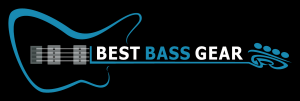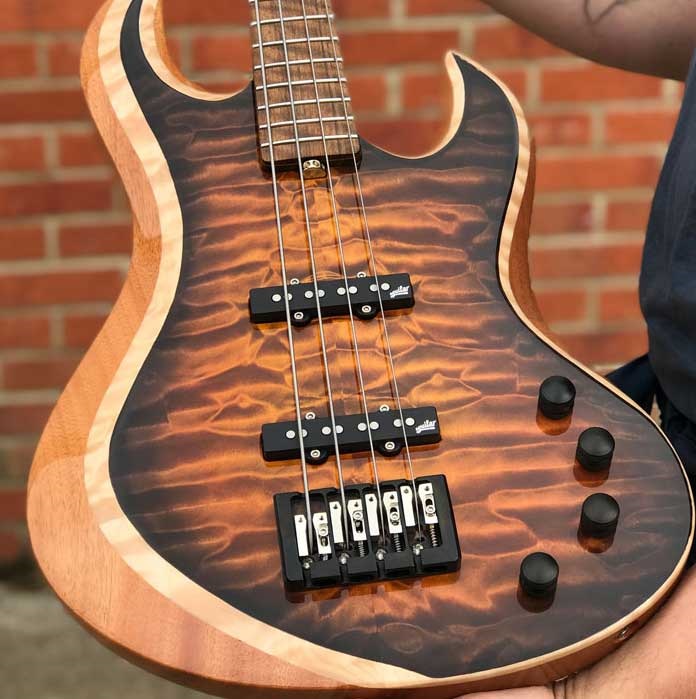Some players like using distortion, and that’s fine. However, there’s some debate that exists on whether you need a bass-specific distortion effect or not.
Technically, no, you don’t:
However….
Although the term “clean distortion” is a bit of an oxymoron (it’s like saying “clean dirty”), regular distortion pedals can’t distort cleanly.
Why?
Well, let’s take a look at a bass-specific overdrive, such as the BOSS ODB-3. The sound difference is pretty obvious:
But why does the ODB-3 sound so much better for distorted bass than the DS-2?
Other than the recording quality between the two videos, a lot of it has to do with the balance control on the ODB-3.
Better bass distortion pedals have a balance control that allows you to mix how much dry signal you hear, while regular guitar distortion pedals almost never have that option.
It is the dry signal control more than anything else that allows you to “distort clean”.
And yes, this also applies to the fuzz effect as well. For example, the MXR Bass Fuzz Deluxe, which we carry as you’ll see from that link, does have a “DRY” knob.
How important is the dry signal when distorting a bass?
More important than most players realize. If you use a regular dist pedal such as the DS-2, the first thing you’ll probably notice is that the bottom end may disappear, and you’re left with nothing but midrange. You can obviously compensate for this via the EQ settings on your amp or via an inboard preamp, but then after that’s all sorted out, you may notice that the cool fret-clack sound may be totally gone, “washed in” in a sea of distortion.
Blending in dry signal allows you to have distortion and the fret clack and keep as much of the natural bottom end tone you want in there.
If one were to directly ask, “What is clean bass distortion?”, the answer is distortion where you can hear distorted tone, bottom end and fret clack all at once…
…and that’s why there is a legitimate purpose for bass-specific overdrive/distortion; it’s not just “a distortion pedal with the word ‘bass’ printed on it”.




Best bass overdrive I’ve ever used is a Tech 21 RotoChoir. Drive all the way up, level all the way down, highs all the way off, lows at 11 o’clock, position hard left, top speed hard left, speaker sim off, biamped off, and put on your protective sports cup ’cause it’s gonna kick you where you live.
I politely disagree. I find that pedals with a clean blend often sound “disjointed,” and not like one real tone. You have this fat clean tone, and then “bumblebees” in the distance.
Actually the low end in guitar distortion pedals is cutted away by high pass filtering, mixing clean and distorted signals is another story and can give interesting results also on a guitar. But the real point is the bandwidth. If you cut low frequency you will obviously lose the low end of the bass guitar, and if you are playing together with your guitarist the bass will almost disappear Masked by the guitar. Don’t you think it would be more effective cutting the upper harmonics and leave the fundamental as loud as it can be?
Another way to distort the bass without loss the fundamental low end is to mix or blend a guitar distortion on a clean strong natural bass sound wich contain in fact a powerfull bass tone…